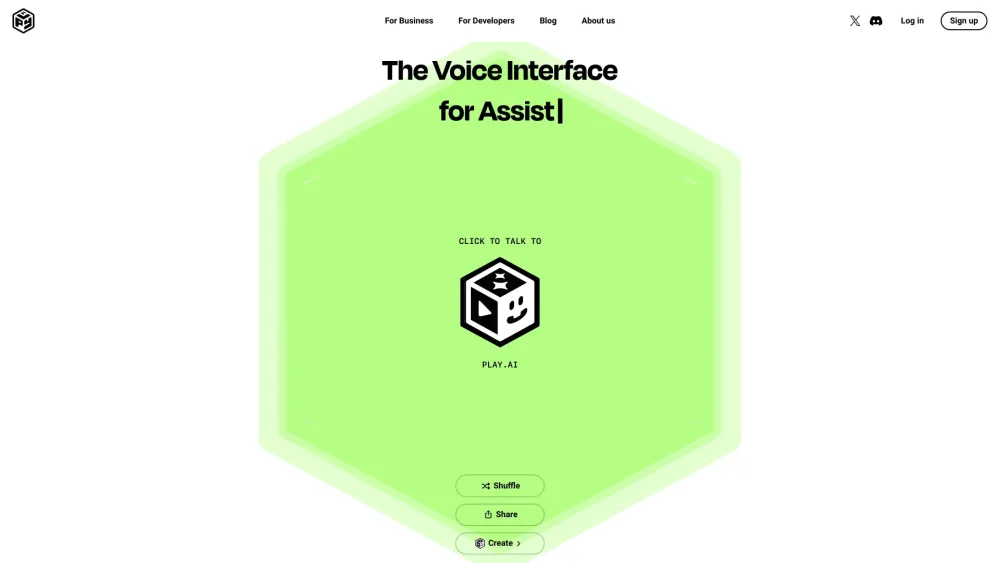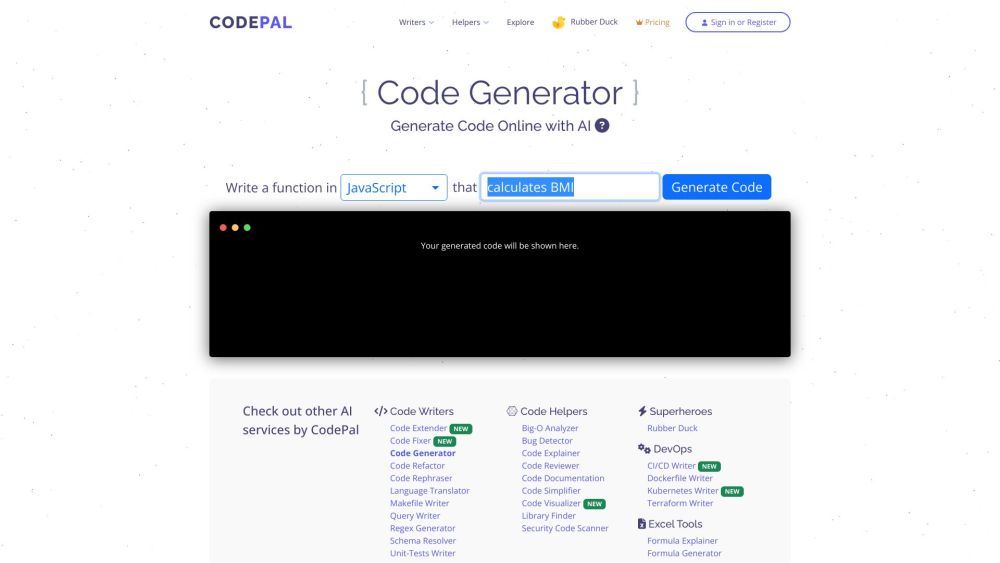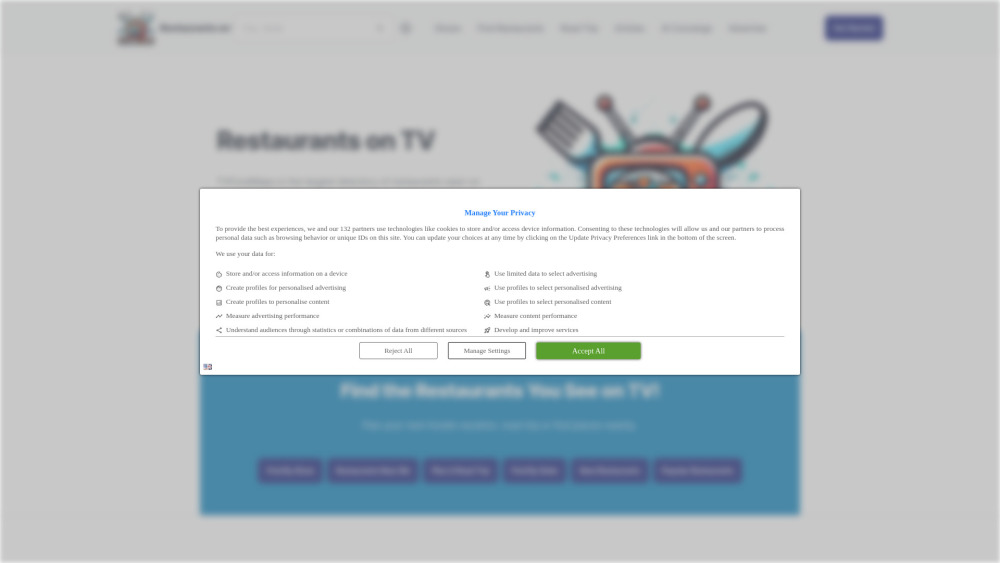Meta Unveils Its Most Advanced Open-Source AI Model Yet: Llama 3.1 405B
Meta has announced the release of Llama 3.1 405B, its largest open-source AI model to date, featuring an impressive 405 billion parameters. These parameters are crucial, as they reflect the model's problem-solving capabilities; generally, models with more parameters tend to outperform those with fewer.
While Llama 3.1 405B is not the largest open-source model available, it is the most significant offering in recent years. It was trained on 16,000 Nvidia H100 GPUs and incorporates advanced training methodologies that Meta claims help it compete with top proprietary models, such as OpenAI’s GPT-4o and Anthropic’s Claude 3.5 Sonnet (with some caveats).
Meta continues to offer Llama 3.1 405B for download and access through major cloud platforms like AWS, Azure, and Google Cloud. It is actively utilized on WhatsApp and Meta.ai, enhancing chatbot interactions for users in the U.S.
Revolutionary Capabilities
Similar to other generative AI models, Llama 3.1 405B excels in various tasks, from coding and solving arithmetic problems to summarizing documents in eight different languages, including English, German, French, Italian, Portuguese, Hindi, Spanish, and Thai. Being a text-only model, it cannot interpret images but is adept at handling most text-based assignments such as analyzing PDFs and spreadsheets.
Meta emphasizes its pursuit of multimodality. In a recently published research paper, the team revealed ongoing developments for future Llama models that will be able to recognize images and videos and comprehend (and generate) spoken language. However, these multimodal capabilities are not yet ready for public deployment.
Training Llama 3.1 405B involved a remarkable dataset of 15 trillion tokens, extending through 2024 (tokens being segments of words that models can more easily process). This immense dataset translates to an astonishing 750 billion words. It is worth noting that this is not a completely new dataset; instead, Meta enhanced its prior datasets through improved curation processes, adopting a more stringent approach to quality and data filtering.
Meta also incorporated synthetic data, generated by other AI models, to enhance Llama 3.1 405B. This strategy is gaining traction among major AI companies like OpenAI and Anthropic, although some experts caution against relying heavily on synthetic data due to potential biases it may introduce.
While Meta asserts that they have meticulously balanced the training data used for Llama 3.1 405B, the specific sources remain undisclosed beyond general references to webpages and other public files. Companies often treat training data as proprietary information, leading to heightened legal scrutiny over intellectual property matters.
In their findings, Meta researchers highlighted that Llama 3.1 405B was trained with a greater emphasis on non-English data to enhance language performance, along with mathematical datasets and up-to-date web content to better understand contemporary topics.
Recent reports from Reuters have drawn attention to Meta's controversial practices regarding the use of copyrighted materials, including e-books, for AI training, despite legal warnings. The company has faced backlash regarding its use of content from Instagram and Facebook, complicating user opt-out options. Furthermore, Meta, alongside OpenAI, is currently embroiled in a lawsuit led by several authors, including comedian Sarah Silverman, over alleged unauthorized use of copyrighted data for model training.
“The training data is akin to the secret sauce in our models,” remarked Ragavan Srinivasan, VP of AI Program Management at Meta, in an interview. “We have invested significantly in this area and will continue to refine it.”
Expanded Context and Functionality
Llama 3.1 405B boasts a larger context window than its predecessors, accommodating 128,000 tokens, or approximately the length of a 50-page book. This expanded context allows the model to digest and summarize longer text segments and reduces the chance of forgetting recently discussed topics when used in chat applications.
Additionally, Meta revealed two smaller models—Llama 3.1 8B and Llama 3.1 70B—both equipped with the same 128,000-token context window. Earlier versions were limited to a maximum of 8,000 tokens, marking a substantial improvement in their capabilities provided the new models can efficiently process that context.
Building a Robust Ecosystem
If benchmarks are accurate, Llama 3.1 405B demonstrates remarkable capabilities, which is essential considering the evident limitations of earlier Llama models. According to evaluations conducted by Meta, Llama 3.1 405B performs comparably to OpenAI’s GPT-4, with varied results against GPT-4o and Claude 3.5 Sonnet. The model excels in code execution and plot generation but exhibits weaker multilingual capabilities and falls short in programming and general reasoning compared to Claude 3.5 Sonnet.
Due to its size, Llama 3.1 405B requires substantial hardware, with Meta recommending a dedicated server node for optimal performance. This might explain the company’s push towards promoting its smaller models, Llama 3.1 8B and 70B, for more general applications such as chatbots and coding tasks. Meanwhile, Llama 3.1 405B is suggested for more specialized tasks, such as model distillation and generating synthetic data for training or fine-tuning other models.
To foster the use of synthetic data, Meta has updated the licensing for the Llama 3.1 model family, allowing developers to use outputs for third-party AI generative models. However, the license imposes restrictions on developers with significant user bases (over 700 million monthly users) who must seek special permission for deployment.
This change aims to address concerns within the AI community regarding Meta's previous licensing policies and demonstrates the company's aggressive strategy to capture market share in generative AI.
Alongside the Llama 3.1 series, Meta is rolling out a "reference system" and new safety tools designed to prevent unintended behaviors from Llama models. They are also unveiling the Llama Stack, a forthcoming API aimed at equipping developers with tools for fine-tuning Llama, generating synthetic data, and creating “agentic” applications that perform user-directed actions.
“Developers are expressing a strong desire to understand how to integrate [Llama models] into production,” Srinivasan emphasized. “We’re aiming to provide a diverse range of tools and options to facilitate this.”
Aiming for Market Leadership
In a new open letter, Meta CEO Mark Zuckerberg envisions a future where AI tools and models are accessible to more developers globally, ensuring widespread access to the advantages of AI. While presented as a philanthropic effort, the underlying goal seems to revolve around the proliferation of Meta's custom AI solutions.
Meta is in a race to keep pace with competitors like OpenAI and Anthropic, leveraging a time-tested strategy of providing tools for free to cultivate an ecosystem that can be monetized over time. By investing billions in developing its models, Meta not only lowers the competitive costs but also allows for community-driven enhancements in future iterations.
The Llama models have certainly garnered attention among developers. Meta claims that Llama models have been downloaded over 300 million times, with over 20,000 derivative models created.
It is clear that Meta is committed to establishing itself as a dominant force in the generative AI space. While the Llama 3.1 models do not fully resolve the pressing issues faced by current generative AI, such as the tendency to fabricate information and replicate problematic training data, they advance Meta’s aim of becoming synonymous with cutting-edge generative AI technology.
However, the growing scale necessary for training these expansive models presents challenges, as highlighted in the research paper. The authors note the significant energy fluctuations caused by simultaneous GPU operations that can place immense strain on the power grid, hinting at a need for careful energy management as Meta pursues even larger models.
Using bigger models without sufficient infrastructure could potentially hinder progress toward greener energy solutions.





